How Colors Influence Emotions: A Scientific Look at Color Psychology
Ever felt a sudden emotion when entering a room with a specific color? Colors are more than just what we see. They are powerful triggers that shape our feelings. A 2020 study of 4,598 people in 30 countries showed how colors affect our lives.
Color psychology is about how colors affect our emotions and actions. Our brains react to colors before words or shapes. This makes colors very impactful. For example, blues calm us down, while reds excite us.
Knowing about color psychology can change how we see our world. It helps in designing spaces, picking clothes, or making ads. Understanding colors can make our communication and perception stronger.
Understanding the Science Behind Color Psychology
Color psychology explores how colors affect our emotions and brain responses. Our brains process colors in amazing ways. This triggers complex feelings and physical reactions, going beyond just seeing colors.
Scientists are curious about how colors shape our perception and mood. Studies show that colors deeply affect our mental and physical states. They create unique emotional worlds in our minds.
The Neural Processing of Color
When we see a color, our brain starts a detailed process of understanding. Studies using neuroimaging show that colors light up specific brain paths. This leads to different feelings and physical responses.
- Red can increase heart rate and stimulate excitement
- Blue triggers calming neural responses
- Green promotes feelings of balance and relaxation
Historical Development of Color Studies
Chromotherapy comes from ancient healing traditions. Back then, colors were seen as having healing powers. Early researchers found that colors could cause specific emotional and physical reactions.
“Color is a power which directly influences the soul” – Wassily Kandinsky
Modern Scientific Approaches to Color Research
| Color | Emotional Response | Physiological Impact |
|---|---|---|
| Blue | Calmness (35% relief) | Reduces heart rate |
| Green | Contentment (39%) | Promotes relaxation |
| Red | Love (68%) | Increases energy |
Today, research uses advanced tools like functional MRI and behavioral tests. These methods help scientists understand how color and mood interact. By studying these connections, they deepen our knowledge of color psychology’s impact on us.
How Colors Influence Emotions in Daily Life
Colors talk to us without saying a word, shaping our feelings every day. They influence our mood and how we see the world. Knowing about color symbolism helps us make choices that uplift our emotional health.
Different colors make us feel in unique ways, changing our surroundings:
- Red: Sparks excitement and energy, increasing heart rate and stimulating action
- Blue: Promotes calmness and reduces stress, creating peaceful atmospheres
- Green: Connects you with nature, enhancing feelings of balance and renewal
- Yellow: Boosts optimism and mental clarity, inspiring creativity
“Color is a power which directly influences the soul” – Wassily Kandinsky
Studies show that 90% of our first impressions of products come from color. This shows how much color affects our choices without us realizing it. Brands use colors to make us feel certain ways.
Choosing colors can help manage our emotions. By knowing about color psychology, we can create spaces that support our mental health. Whether we need energy, calm, or inspiration, colors can help.
The Universal Language of Color Perception
Color psychology shows how our perception, culture, and emotions connect through color. It’s more than just seeing colors; it’s a language that touches our feelings and cultural roots.
Looking into color symbolism gives us deep insights into how cultures see colors. While we all react to colors in some ways, our cultural backgrounds shape how we feel about them.
Cultural Variations in Color Interpretation
Colors mean different things in different cultures. For instance:
- White is purity in the West
- White is mourning in many Eastern cultures
- Red is luck in China
- Red is danger in the West
Biological Responses to Color
Some color reactions are the same for everyone. Studies show certain body responses that don’t change with culture:
| Color | Biological Response | Emotional Trigger |
|---|---|---|
| Red | Increased Heart Rate | Excitement/Aggression |
| Blue | Reduced Stress Levels | Calmness |
| Green | Relaxed Muscle Tension | Tranquility |
Cross-Cultural Color Associations
Some color meanings are the same everywhere. Carl Jung’s research found that colors have universal meanings that affect our emotions and actions.
“Colors are the native language of the subconscious” – Carl Jung
Grasping these complex color interactions helps us see how color deeply affects our lives every day.
Warm Colors and Their Emotional Impact

Warm colors like red, orange, and yellow are powerful. They can change how we feel and see things. Color psychology shows these colors are more than just what we see. They take us on emotional journeys.
Let’s explore the world of warm colors and their effects on our minds:
- Red: The color of passion and intensity
- Orange: Energy and enthusiasm personified
- Yellow: Brightness and optimism embodied
“Colors speak a language deeper than words, communicating directly with our emotions.” – Color Research Institute
Studies show warm colors can make us feel certain ways. Red, for example, can make us excited and our heart beat faster. Amazingly, 62% to 90% of what we judge about products comes from their color.
In real life, warm colors are very important:
- Marketing strategies
- Interior design
- Branding experiences
- Emotional regulation
Knowing how colors affect our mood helps us use them wisely. Whether it’s making a lively workspace or a passionate brand, warm colors are a powerful tool.
Cool Colors and Their Psychological Effects
Color psychology shows us how cool colors affect our feelings. Colors like blue, green, and purple on the blue side of the spectrum have special effects. They can change how we see and feel around us.
Cool colors are amazing at changing how we feel. They make us feel calm, stable, and ready to think deeply. This makes them very useful in design and talking to people.
Blue: The Color of Calmness and Trust
Blue is very strong in color psychology. It’s linked to trust and peace. Studies show that blue can:
- Reduce stress levels
- Improve focus and productivity
- Create a sense of reliability
“Blue is the most beloved color worldwide, symbolizing depth and emotional stability.” – Color Research Institute
Green: Nature’s Restorative Power
Green is all about healing and starting over, like nature. It’s not just pretty; it makes us feel balanced and refreshed.
- Promotes relaxation
- Enhances cognitive restoration
- Symbolizes growth and harmony
Purple: Mystery and Luxury
Purple mixes blue’s calmness with red’s excitement, making it very emotional. It stands for creativity, luxury, and deep thoughts.
Knowing how cool colors affect us helps us use them wisely. We can use color psychology in workspaces and our homes.
Color Psychology in Interior Design
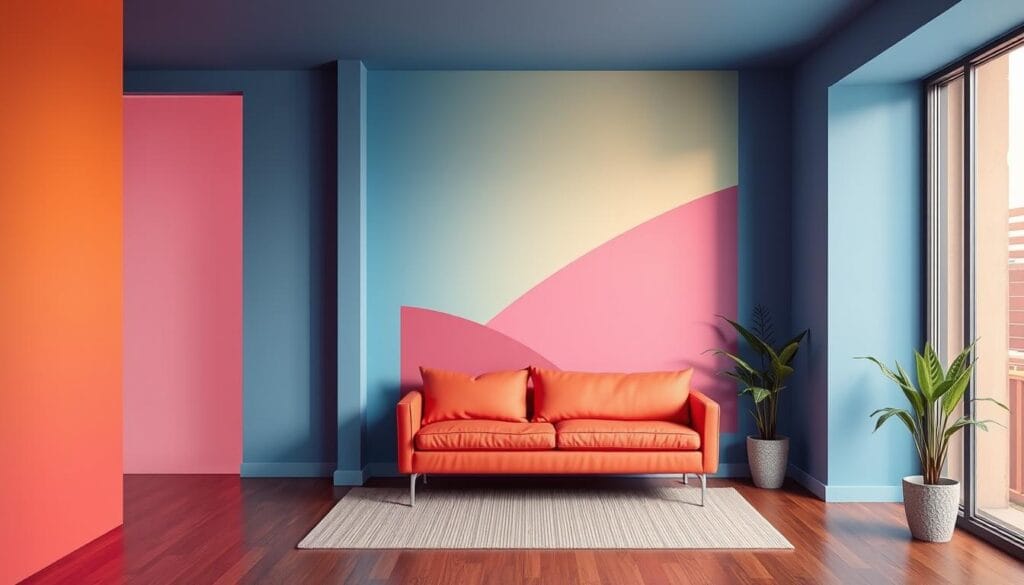
Color psychology turns your living spaces into emotional landscapes. Colors can greatly affect your mood, productivity, and well-being. Choosing colors wisely is key in interior design.
Different rooms need different colors to reach their full potential. Let’s see how color theory can change your home design:
- Bedrooms do well with cool, calming colors like soft blue or lavender
- Home offices benefit from blues and greens to help you focus
- Living rooms look great with warm, inviting colors
- Kitchens get a boost from yellow and orange accents
Research shows interesting facts about color and mood. For example, blue bedrooms help you sleep better. People sleep almost 8 hours in blue rooms, compared to just 6 hours in other colors.
| Room Type | Recommended Colors | Psychological Effect |
|---|---|---|
| Bedroom | Blue, Lavender | Promotes Relaxation |
| Home Office | Green, Blue | Enhances Concentration |
| Living Room | Warm Neutrals | Encourages Social Interaction |
“Color is a power which directly influences the soul” – Wassily Kandinsky
When using color psychology in design, think about what you like and your culture. Your space should show your personality and support your emotional and practical needs.
The Role of Color in Marketing and Branding
Color psychology is key in shaping how people see brands. It helps brands connect emotionally with their audience through color.
Knowing about color symbolism can really help businesses stand out. Did you know that up to 90% of people judge products by color first?
Consumer Behavior and Color Choices
Colors greatly affect what we buy. Here are some interesting facts:
- 85% of people choose products based on color
- 90% of impulse buys are because of color
- Color can make a brand 80% more recognizable
Brand Identity Through Color Psychology
Colors make us feel certain ways:
| Color | Brand Association | Emotional Impact |
|---|---|---|
| Blue | Tech Companies | Trust and Reliability |
| Red | Fast Food | Excitement and Hunger |
| Green | Organic Brands | Growth and Wellness |
Color Trends in Digital Marketing
Digital marketers are getting better at using color. A simple button color change can boost conversions by up to 21%. They pick colors that grab attention and show what the brand is about.
“Color is a power which directly influences the soul.” – Wassily Kandinsky
By diving into color psychology, brands can make their marketing more engaging. This way, they connect better with their audience.
Therapeutic Applications of Color Psychology
Chromotherapy is a unique way to heal by using colors to improve your health. It involves using certain colors to balance and heal the body. This method is gaining attention as a natural treatment option.
Color psychology helps us understand how colors affect our mood and feelings. Doctors and therapists are starting to see the benefits of using colors in treatment.
- Red: Stimulates body and mind, increases circulation
- Yellow: Believed to purify the body and stimulate nerves
- Blue: Soothes illnesses and helps manage pain
- Green: Promotes relaxation and healing
Studies show that colors and mood are closely linked. Hospitals and healthcare spaces are now using colors to help patients feel better. They use calming colors like blue and green to reduce stress.
Colors have the power to transform our emotional and physical experience of space. – Color Psychology Expert
Even though chromotherapy is still being studied, its potential is exciting. More research is needed to fully understand how colors can help our health.
You can use color therapy in your everyday life. Pay attention to the colors around you and how they make you feel. This can help you feel better and more balanced.
Workplace Color Psychology and Productivity
Color psychology is key in shaping workspaces and how well employees do their jobs. Using colors wisely can really change how productive and happy people are at work.
Knowing how colors affect work life can help make offices better places to be. Studies show that colors can greatly affect how well people do and how happy they are.
Office Color Schemes and Performance
Colors and moods are closely tied in work settings. Here are some interesting facts about color psychology at work:
- Blue environments can increase creative output by up to 50%
- Warm colors like red and yellow can boost creativity by 30%
- Employee engagement scores can surge by 25% with strategic color implementation
Workplace Color Performance Impact
| Color | Performance Impact | Psychological Effect |
|---|---|---|
| Blue | +50% Creative Output | Calming, Trustworthy |
| Green | +15% Concentration | Restorative, Balanced |
| Red | +31% Detail-Oriented Tasks | Energetic, Stimulating |
Color Safety and Optimal Environments
In industrial areas, color psychology is more than just looks. Colors can show important safety info and help avoid accidents. Companies should think about color theory when setting up workspaces to boost both productivity and employee happiness.
“Colors speak a language more powerful than words, especially in the workplace.” – Color Psychology Expert
By using smart color strategies, companies can make spaces that encourage, motivate, and help their teams do their best.
The Future of Color Psychology Research
Color psychology is on the verge of major scientific breakthroughs. Researchers are studying how colors affect us in many ways. They aim to uncover how colors influence our feelings and actions.
They are looking into:
- Neurological mapping of color perception
- Advanced technological studies using virtual reality
- Cross-cultural color association investigations
- Personalized color response mechanisms
New technologies are changing color psychology research. Artificial intelligence and machine learning will help track how colors make us feel. They expect to find out how different colors affect us in complex ways.
“Color is a powerful communication tool that can signal action, influence mood, and drive psychological responses.” – Color Research Expert
Potential uses of this research include:
- User experience design optimization
- Personalized medical interventions
- Enhanced workplace productivity strategies
- Advanced consumer behavior modeling
| Research Domain | Potential Impact |
|---|---|
| Artificial Intelligence | Predictive color response modeling |
| Healthcare | Emotional therapy through color interventions |
| Marketing | Precision targeting using color psychology |
As we become more aware of our environment, researchers will study how color psychology meets sustainable design. The future looks bright for understanding the deep effects of color on our minds.
Conclusion
Exploring color psychology has shown us how colors affect our feelings and actions. Studies reveal that up to 90% of what we see is based on color. This shows how deeply colors shape our views and experiences.
Color psychology opens up a world where colors can greatly influence our choices and interactions. It helps us understand how colors impact our decisions and feelings. For example, 83% of shoppers choose products based on color, and 70% link certain colors with emotions.
While science digs deeper into color psychology, our personal experiences and culture also matter. This field is always evolving, offering new ways to see how colors affect our minds and feelings.
Now, you know more about color psychology and how it can guide your choices in design, marketing, and even your home. By understanding how colors affect us, you can create more meaningful and touching experiences in life.
FAQ
What exactly is color psychology?
Color psychology is a field that studies how colors affect our feelings and actions. It looks at how different colors can make us feel emotionally and physically. This field is all about understanding the power of colors.
How do colors impact our emotions?
Colors affect our brain and nervous system, leading to certain feelings. For example, blue can make us feel calm, while red can make us excited or angry. Green often makes us feel relaxed and balanced. These feelings come from both our biology and culture.
Are color emotional responses the same across all cultures?
Not exactly. While some color meanings are universal, they vary a lot between cultures. In the West, white means purity, but in some Eastern cultures, it means mourning. Our personal and cultural backgrounds shape how we see colors.
Can color psychology be used in professional settings?
Yes! Color psychology is used in marketing, branding, design, healthcare, and workplaces. Companies pick colors to influence how people feel about their products. Designers use colors to create spaces that feel good. Marketers choose colors to make their brands stand out and connect with people.
How do warm and cool colors differ psychologically?
Warm colors like red, orange, and yellow make us feel energetic and passionate. Cool colors like blue, green, and purple calm us down and help us think deeply. These effects come from how our bodies react and what we’ve learned from our culture.
Is color psychology a scientifically proven concept?
Color psychology is based on real science, including brain studies and experiments. While some things are clear, scientists are still learning about colors and how they affect us. It’s a complex field.
How can I apply color psychology in my daily life?
Use color psychology by choosing colors wisely in your surroundings. Use blue in bedrooms for better sleep, green in offices for focus. Wear colors that make you happy. Think about color in your clothes, home, and accessories.
Are there any potential therapeutic applications of color psychology?
Chromotherapy looks into using colors for healing, with some alternative medicine using it. While it’s still being studied, colors might help with mood, stress, and even therapy.
How do digital technologies impact color psychology research?
New tech like virtual reality and brain scans are changing color psychology research. These tools help us understand color perception and emotional responses better. They open up new ways to study colors.
Can color preferences change over time?
Yes, our color preferences can change as we grow and experience new things. What we liked as kids might not be the same as adults. Color perception is dynamic and can change with life.
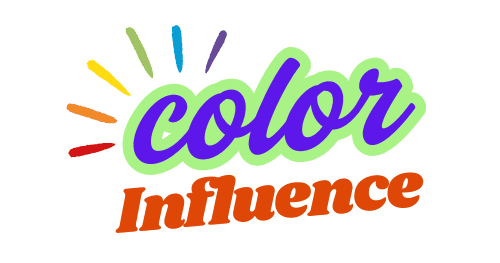
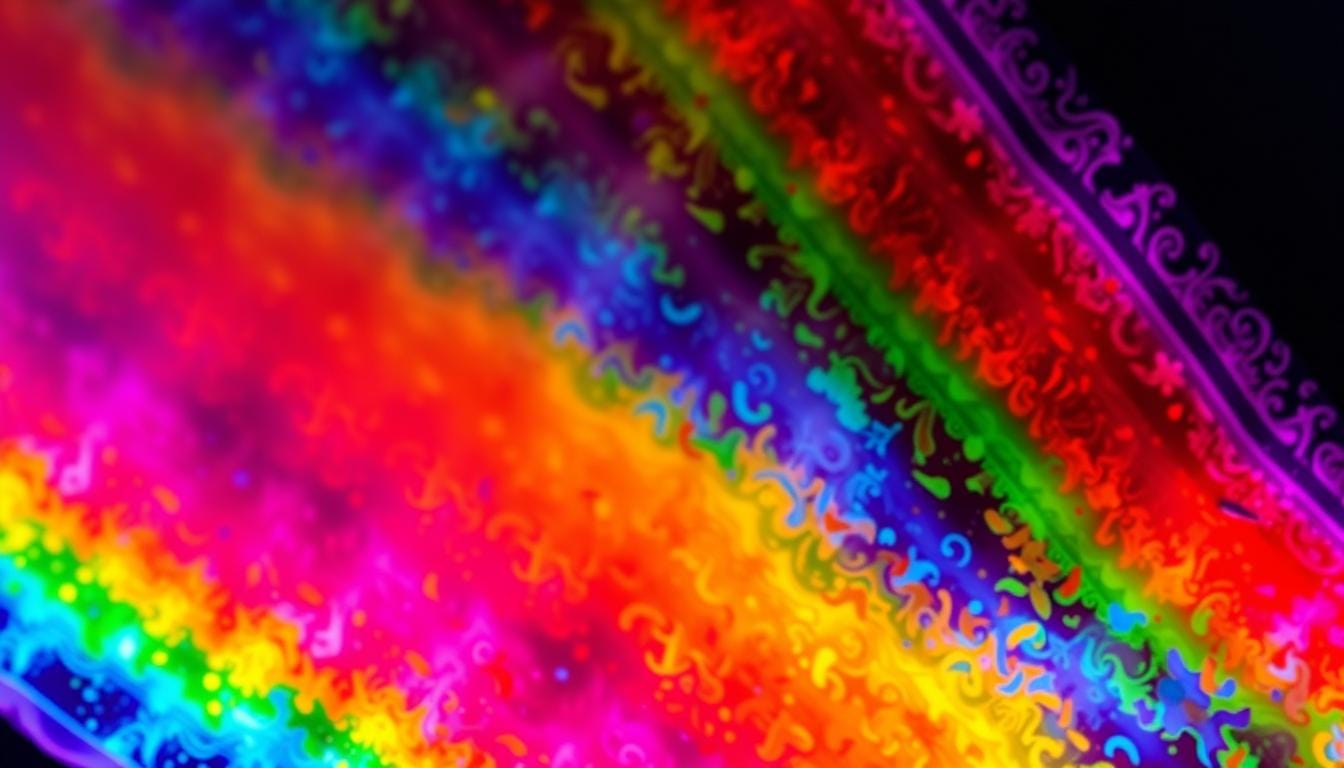
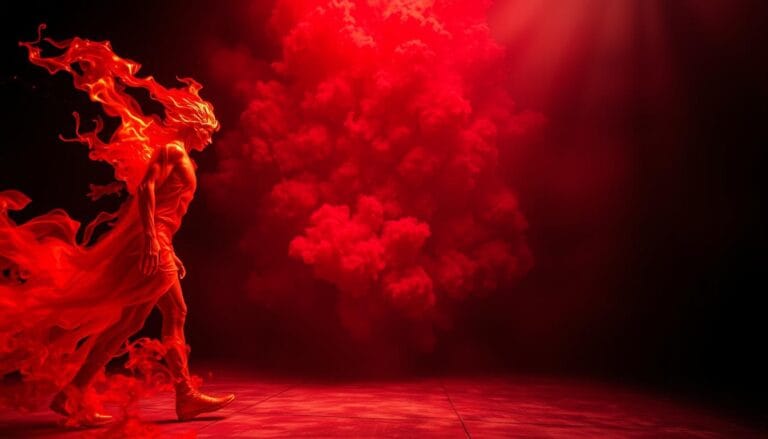

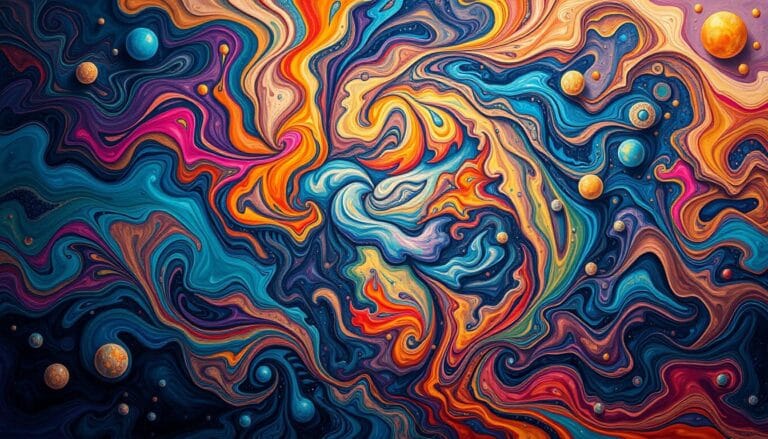
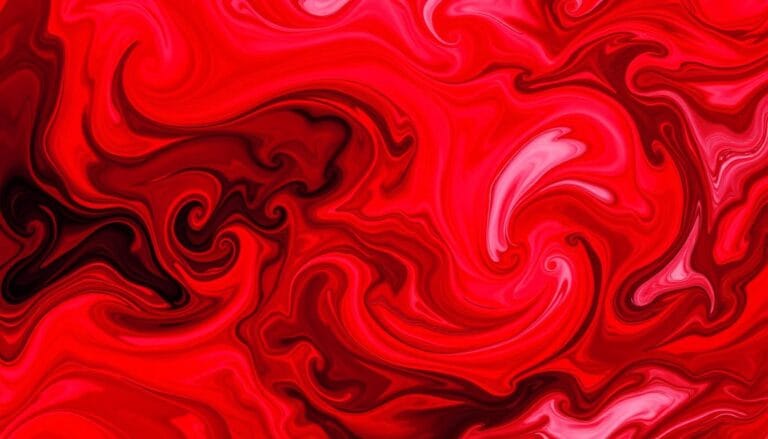
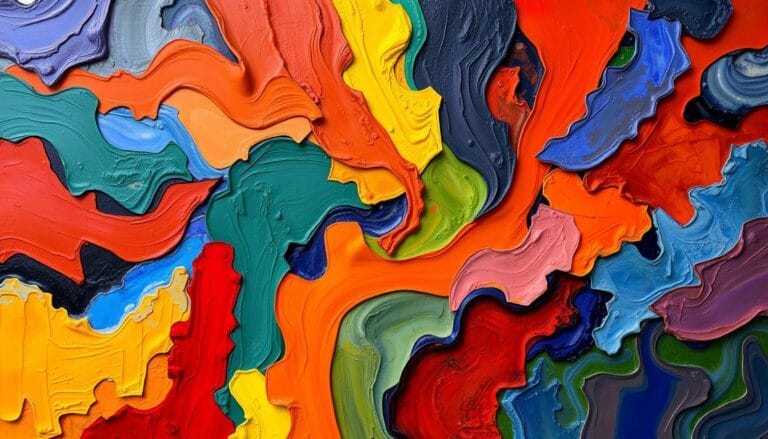

One Comment
Comments are closed.